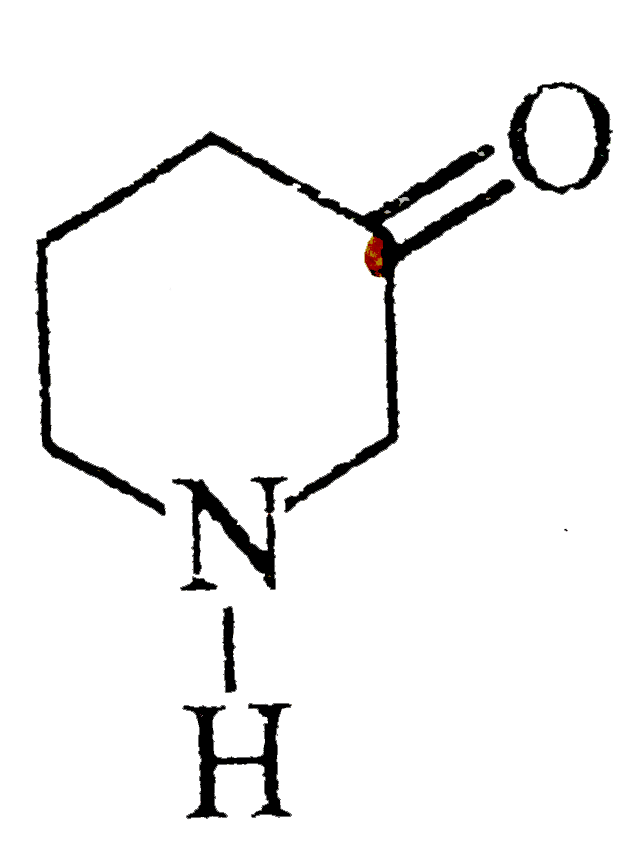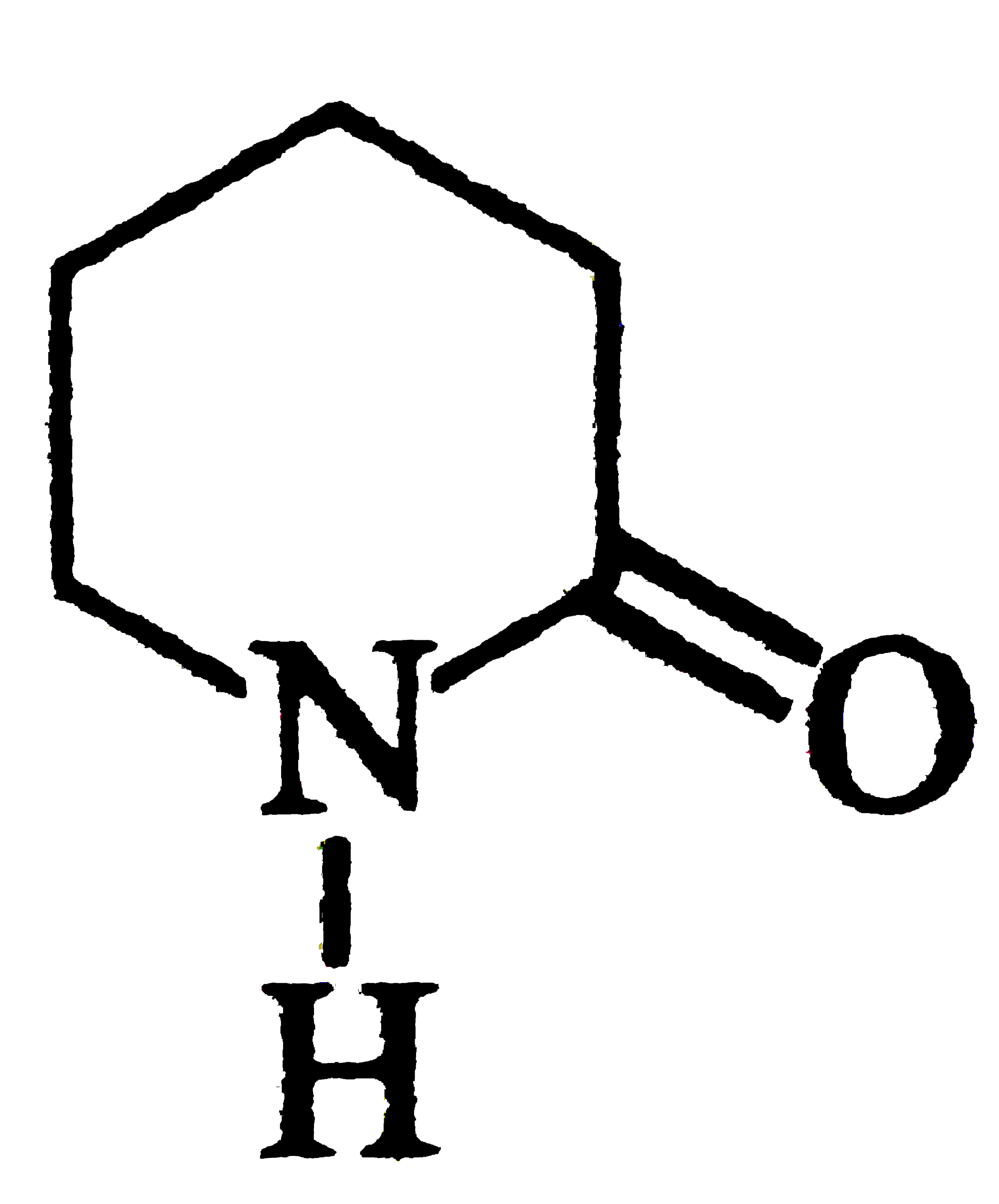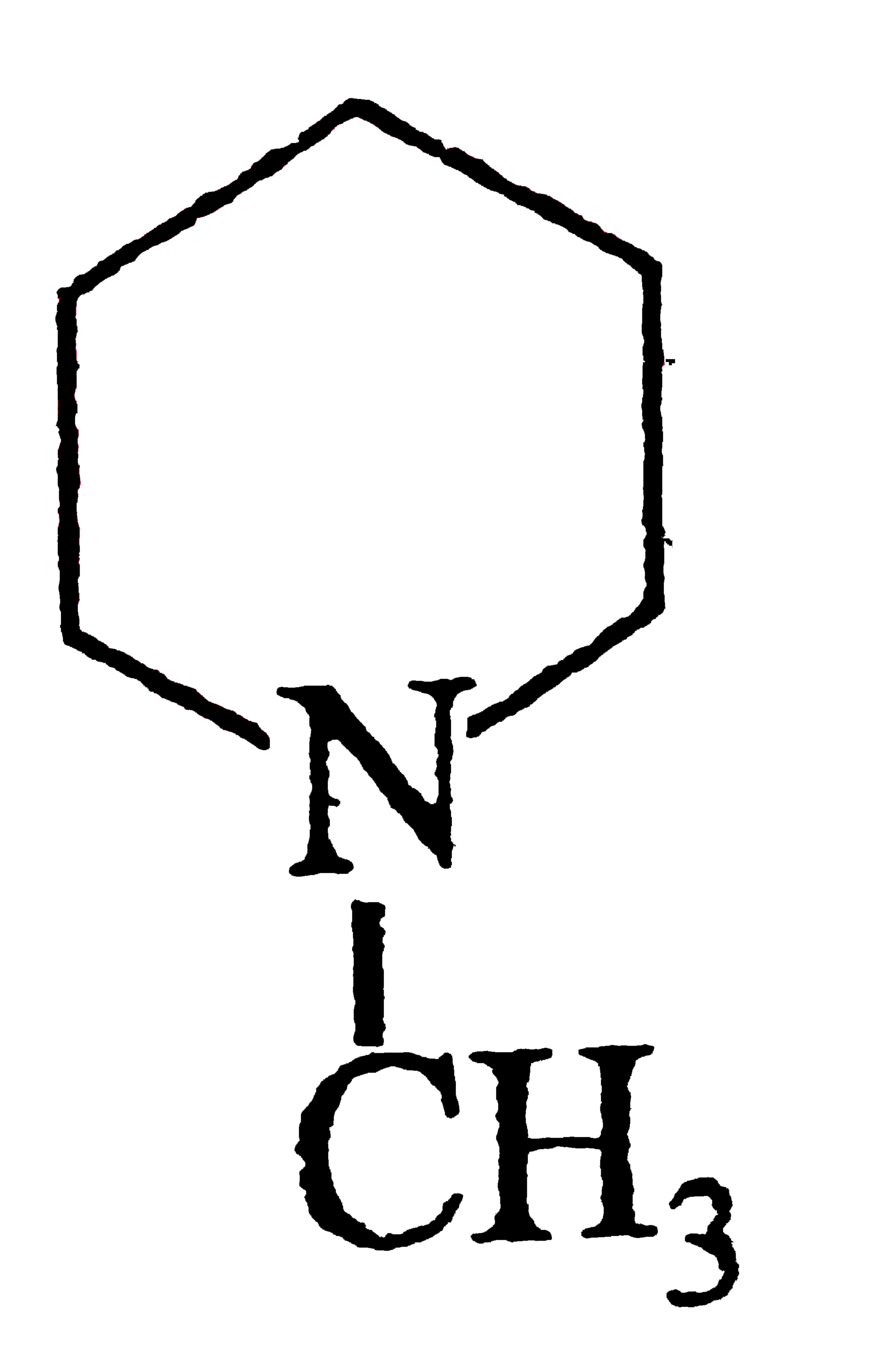Thallous compounds are more common and stable than thallic compounds. Justify this statement.
To justify the statement that thallous compounds are more common and stable than thallic compounds, we can follow these steps:
Step 1: Understanding Thallous and Thallic Compounds
Thallous compounds contain thallium in the +1 oxidation state (Tl^+), while thallic compounds contain thallium in the +3 oxidation state (Tl^3+).
Step 2: Stability of Oxidation States
The stability of these oxidation states can be analyzed. The +1 oxidation state (thallous) is generally more stable than the +3 oxidation state (thallic).
Step 3: Inert Pair Effect
The reason for this increased stability in the +1 state is attributed to the inert pair effect. The inert pair effect refers to the tendency of the outermost s-electrons to remain paired and not participate in bonding as we move down a group in the periodic table.
Step 4: Position in the Periodic Table
Thallium is located in group 13 of the periodic table. As we move down the group from aluminum to thallium, the +3 oxidation state becomes less stable due to the inert pair effect. The +1 oxidation state becomes more favorable because the s-electrons are less likely to be involved in bonding.
Step 5: Conclusion
Thus, thallous compounds (Tl^+) are more common and stable than thallic compounds (Tl^3+) due to the inert pair effect, which makes the lower oxidation state more stable as we go down the group.
---
Thallous compounds contain thallium in the +1 oxidation state (Tl^+), while thallic compounds contain thallium in the +3 oxidation state (Tl^3+).
The stability of these oxidation states can be analyzed. The +1 oxidation state (thallous) is generally more stable than the +3 oxidation state (thallic).
The reason for this increased stability in the +1 state is attributed to the inert pair effect. The inert pair effect refers to the tendency of the outermost s-electrons to remain paired and not participate in bonding as we move down a group in the periodic table.
Thallium is located in group 13 of the periodic table. As we move down the group from aluminum to thallium, the +3 oxidation state becomes less stable due to the inert pair effect. The +1 oxidation state becomes more favorable because the s-electrons are less likely to be involved in bonding.
Thus, thallous compounds (Tl^+) are more common and stable than thallic compounds (Tl^3+) due to the inert pair effect, which makes the lower oxidation state more stable as we go down the group.
Topper's Solved these Questions
- CHEMICAL BONDING BOOK - PEARSON IIT JEE FOUNDATIONCHAPTER - CHEMICAL BONDING EXERCISE - Level 2
21 Videos
- CHEMICAL KINETICS AND EQUILIBRIUMBOOK - PEARSON IIT JEE FOUNDATIONCHAPTER - CHEMICAL KINETICS AND EQUILIBRIUMEXERCISE - Level 3
10 Videos
- ElectrochemistryBOOK - PEARSON IIT JEE FOUNDATIONCHAPTER - ElectrochemistryEXERCISE - Level 3
10 Videos
Similar Questions
Knowledge Check
Which compounds are more basic than
 A
A B
B C
C D
D
Thallous choride is more stable than thallic choride because of
Amore ionic characterBLarger size of Tl+ ionCHigh hydration energy of Tl+ ionDInertpair effectFe3+ compounds are more stable than Fe2+ compounds because
AFe3+ has smaller size than Fe2+BFe3+ has 3d5 configuration (half-filled)CFe3+ has higher oxidation stateDFe3+ is paramagnertic in nature.
Sodium chloride is a compound is common salt a compound? Justify.
View SolutionWhy Mn2+ compounds are more stable than Fe2+ compounds towards oxidation to their + 3 state ?
View SolutionThe most stable compound is
View SolutionAmong the following the most stable compound is
View SolutionThe most stable compound is
View Solution